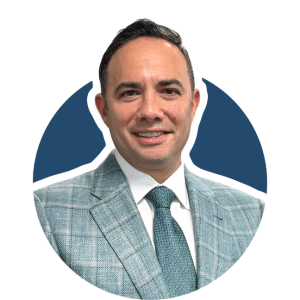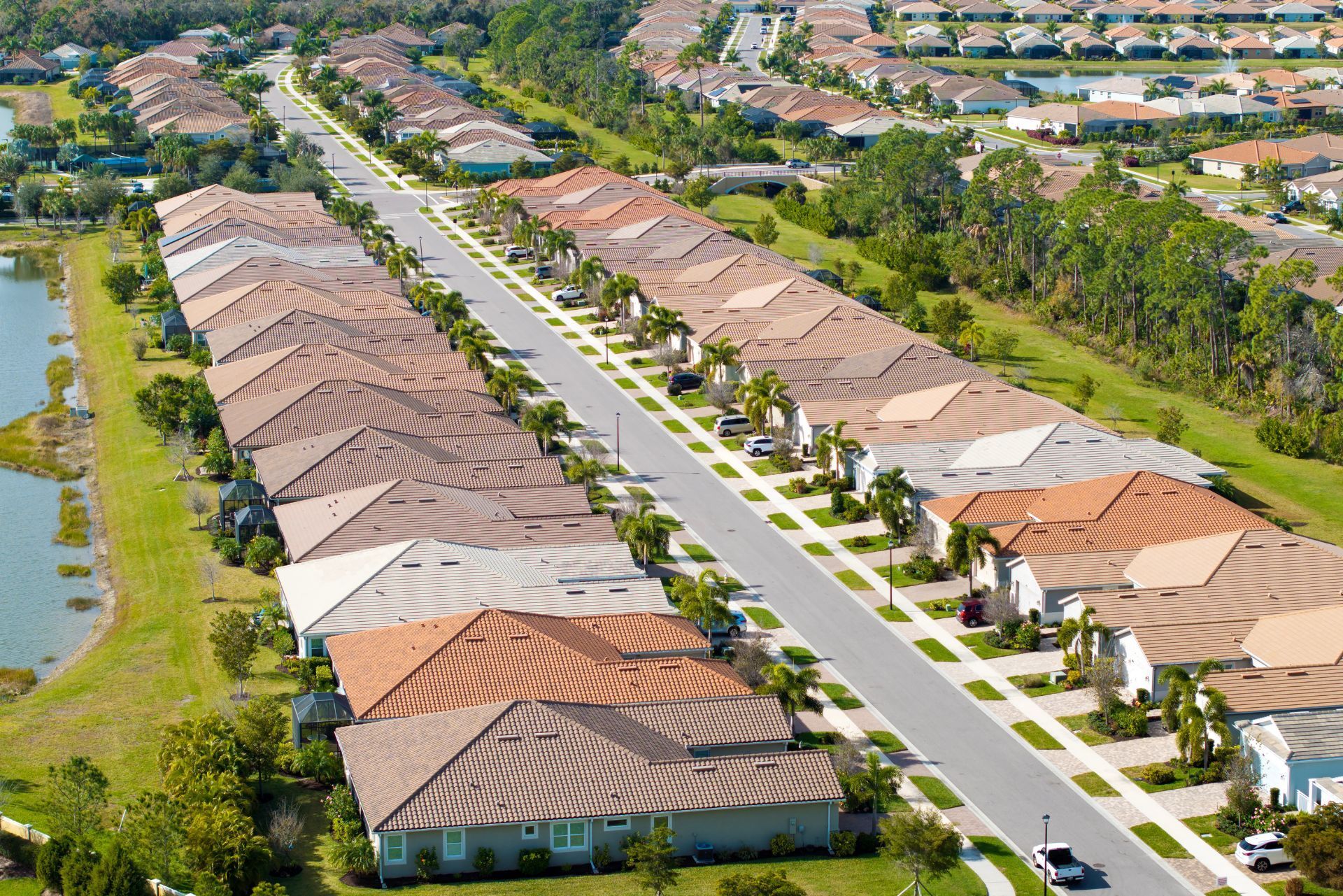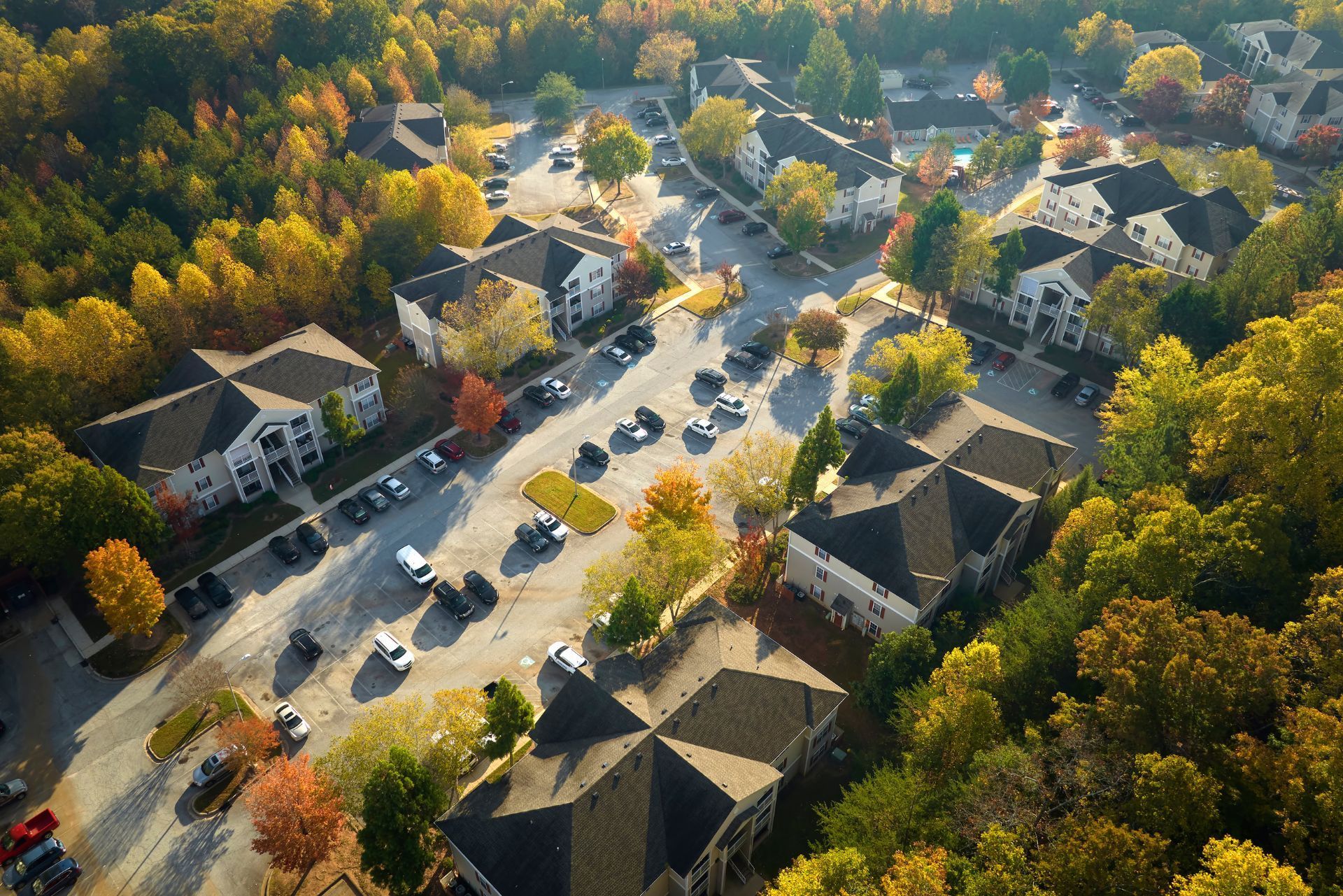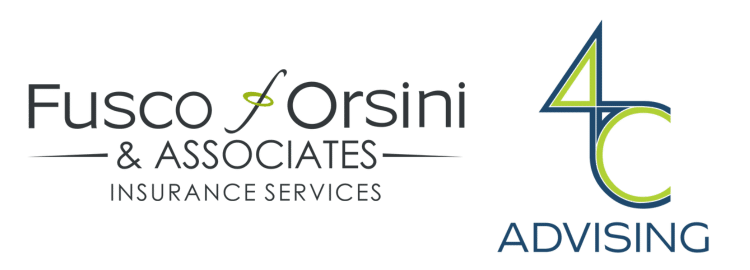Top 3 Recommended Policies

Homeowners' Associations (HOAs) play a critical role in managing community living spaces, especially in states like Wyoming where natural landscapes and community cohesion are highly valued. However, securing appropriate insurance coverage for HOAs has become increasingly challenging due to rising risks and shifting market dynamics. This comprehensive guide explores the current state of HOA insurance in Wyoming, the factors driving premium increases, and strategies for HOAs to navigate this evolving landscape effectively.
Understanding these complexities is essential for HOA board members, homeowners, and insurance professionals alike to make informed decisions and protect their communities.
Current Landscape of HOA Insurance in Wyoming
Wyoming's HOA insurance market is experiencing significant changes, influenced by broader national trends and local environmental factors. Across the United States, about 31% of HOAs reported insurance premium increases ranging from $100 to $500 per homeowner last year, reflecting a nationwide shift in insurer risk assessments and pricing models. This trend is particularly relevant in Wyoming, where the Homeowners' Associations industry is projected to grow to $18.3 million by 2025, indicating increasing demand for coverage despite rising costs.
One of the driving forces behind these changes is the insurance industry's response to escalating risks associated with extreme weather events and aging infrastructure. Insurers are either raising premiums or withdrawing from covering common HOA properties altogether, citing unsustainable losses. These developments pose a direct threat to the stability and affordability of HOA insurance in Wyoming communities.
In addition to these financial pressures, the unique geographical and climatic conditions of Wyoming further complicate the insurance landscape. The state is prone to a variety of natural disasters, including wildfires, severe storms, and even occasional flooding, which can lead to significant property damage. As a result, HOAs must navigate a complex web of insurance requirements and coverage options to ensure that they are adequately protected against these risks. The challenge is compounded by the fact that many insurance providers are becoming increasingly selective about the types of properties they will insure, leading to a shrinking pool of available options for HOAs.
Moreover, the evolving regulatory environment in Wyoming is also impacting HOA insurance. Recent legislative changes aimed at enhancing consumer protections may require HOAs to adopt more comprehensive insurance policies, which can further drive up costs. As these regulations unfold, associations will need to stay informed and adapt their insurance strategies accordingly. Engaging with insurance professionals who understand the nuances of the local market can be crucial for HOAs seeking to navigate these turbulent waters effectively.
For more detailed insights on how insurers are adjusting their approach to HOA coverage, see this market analysis on HOA insurance premium hikes.
Factors Driving Insurance Premium Increases
Several key factors contribute to the rising cost of HOA insurance in Wyoming. Chief among them is the increased frequency and severity of natural disasters, particularly wildfires. In 2023, five Wyoming counties reported average annual wildfire losses exceeding $5 million, with two counties experiencing losses above $10 million. These catastrophic events have led insurers to reassess risk exposure and adjust premiums accordingly.
Moreover, aging buildings within many HOAs require more extensive and costly repairs, which further elevates insurance risk profiles. Insurance providers are increasingly factoring in the condition and maintenance history of common properties when determining coverage terms. For instance, properties that have not undergone recent renovations may be viewed as higher risk, prompting insurers to raise premiums to cover potential future claims. This trend highlights the importance of proactive maintenance and upgrades, as they can significantly influence insurance costs and the overall financial health of the HOA.
Industry experts emphasize the importance of allowing insurance markets to respond freely to these evolving risks. As one specialist noted, "You just need to allow total freedom of insurance markets to act in response to risk," highlighting the necessity for premiums to reflect actual risk levels rather than outdated assumptions. This perspective underscores a broader debate within the insurance industry about how to balance risk management with affordability, especially for homeowners who may already be feeling the financial strain of rising costs.
These dynamics have resulted in homeowners insurance rates rising by an average of 2.8% nationwide in 2023, a trend that is mirrored in HOA insurance premiums. The implications of these rising costs extend beyond just individual homeowners; they can also affect the overall stability and attractiveness of communities. Higher insurance premiums may lead to increased assessments for residents, which can strain budgets and potentially drive some homeowners to consider selling their properties. For a broader understanding of how climate change and risk are impacting home insurance, visit this expert discussion on climate change and insurance.
Additionally, the trend of urbanization and population growth in certain areas of Wyoming has further complicated the insurance landscape. As more people move into these regions, the demand for housing increases, which can lead to higher property values and, consequently, higher insurance premiums. Insurers must also consider the increased competition for resources and infrastructure, which can exacerbate the impact of natural disasters. This interplay between growth and risk is a critical factor that HOAs must navigate as they seek to provide affordable and comprehensive insurance coverage for their members.

Challenges Facing Wyoming HOAs in Securing Coverage
Wyoming HOAs face unique challenges in securing and maintaining insurance coverage. The state has seen a notable increase in policy cancellations and non-renewals, with nearly 1 in 30 homeowners insurance policies not renewed in 2023—almost triple the rate from 2018. This trend reflects insurers' growing reluctance to cover properties in high-risk areas, particularly those vulnerable to wildfires and other natural disasters.
Carole Walker, executive director of the Rocky Mountain Insurance Association, underscores the severity of the situation: "We're seeing record-breaking catastrophes and the risk going up," which makes underwriting HOA insurance increasingly complex and costly. This environment forces many HOAs to seek alternative coverage options or face significant premium hikes that strain community budgets.
Additionally, some insurance companies are exiting the HOA market altogether, leaving fewer options for associations and driving competition among insurers to cover remaining clients. This scarcity of providers can lead to less favorable terms and higher deductibles for HOAs.
As the landscape of insurance continues to evolve, HOAs are also grappling with the implications of increased liability exposure. With more homeowners engaging in short-term rentals and other commercial activities within their communities, the potential for claims related to property damage or personal injury rises. This shift necessitates that HOAs reassess their insurance needs and consider specialized policies that can address these emerging risks. Furthermore, the rise of climate-related events has prompted many associations to invest in risk mitigation strategies, such as improved landscaping, firebreaks, and community education programs aimed at disaster preparedness.
In addition to these operational challenges, HOAs must also navigate the complexities of member expectations and governance. Homeowners often have differing opinions on how to allocate funds for insurance versus other community needs, such as maintenance and amenities. This can lead to contentious discussions during board meetings, where transparency and communication become paramount. Engaging members in the decision-making process and providing clear information about the implications of insurance choices can foster a sense of community and shared responsibility, ultimately helping to secure the necessary coverage while managing costs effectively.
For a detailed look at how climate risk is driving insurance non-renewals and market exits, explore this
industry report on insurance challenges in vulnerable areas.

Strategies for Wyoming HOAs to Manage Insurance Costs
Despite the challenges, Wyoming HOAs can take proactive steps to manage insurance costs and improve their insurability. One effective approach is investing in risk mitigation measures, such as enhancing fire prevention systems, maintaining building infrastructure, and implementing community-wide safety protocols. These efforts can reduce the likelihood and severity of claims, making the HOA more attractive to insurers. For instance, installing firebreaks or creating defensible spaces around properties can significantly lower fire risks, especially in areas prone to wildfires. Additionally, regular inspections and maintenance of common areas, such as pools and playgrounds, can prevent accidents and injuries that might lead to costly claims.
HOA boards should also engage in thorough insurance market research and work closely with brokers who specialize in HOA coverage. Understanding the nuances of policy options, coverage limits, and exclusions allows associations to tailor their insurance portfolios to their specific needs and risk profiles. It's beneficial for boards to compare multiple insurers and consider bundling policies for additional savings. Furthermore, attending industry conferences or workshops can provide valuable insights into emerging trends and best practices in insurance management, equipping boards with the knowledge needed to negotiate better terms.
Another important tactic is fostering open communication with homeowners about insurance challenges and potential cost implications. Transparent discussions can facilitate collective decision-making on budget allocations for insurance and risk management initiatives. By involving homeowners in these conversations, boards can also gather feedback on community priorities, which can lead to more effective risk management strategies. For example, if residents express concerns about flooding, the HOA might prioritize drainage improvements or invest in flood insurance to protect community assets.
Additionally, monitoring local and state-level developments, such as wildfire risk assessments and building code updates, helps HOAs stay ahead of regulatory changes that may impact insurance requirements. Keeping abreast of these developments not only prepares the HOA for potential shifts in insurance needs but also allows for proactive adjustments to community policies. Engaging with local government agencies and participating in community planning initiatives can further enhance an HOA's ability to adapt to changing environmental conditions, ensuring that the community remains resilient and well-protected against unforeseen risks.
Looking Ahead: The Future of HOA Insurance in Wyoming
The outlook for HOA insurance in Wyoming is shaped by ongoing environmental, economic, and market factors. As extreme weather events continue to rise in frequency and intensity, insurers are expected to maintain a cautious stance, with premiums likely to remain elevated or increase further. However, the growth of the HOA industry in Wyoming suggests a sustained demand for coverage solutions tailored to community associations.
Innovations in risk assessment technology, such as improved climate modeling and property condition analytics, may offer new opportunities for more accurate underwriting and potentially more competitive pricing. Meanwhile, legislative efforts aimed at supporting insurance availability and affordability could influence market dynamics positively.
HOAs that prioritize risk management and maintain strong relationships with insurance providers will be better positioned to navigate the evolving landscape. Staying informed about market trends and regulatory changes will remain essential for Wyoming HOAs to secure reliable and cost-effective insurance coverage.
In addition to the challenges posed by climate change, the economic landscape in Wyoming is also shifting, with an influx of new residents and businesses. This demographic change can lead to increased demand for housing and, consequently, for homeowner associations. As more communities form, the need for tailored insurance products that address the unique risks associated with these developments becomes paramount. Insurers may need to adapt their offerings to cater to a diverse range of community needs, from urban developments to rural associations, each with its own set of risks and requirements.
Furthermore, the role of technology in the HOA insurance sector cannot be overstated. Digital platforms are revolutionizing how associations manage their insurance needs, allowing for streamlined processes in policy management and claims handling. Enhanced communication tools can facilitate better engagement between HOAs and their insurance providers, ensuring that associations are not only aware of their coverage options but also equipped to make informed decisions. As these technological advancements continue to evolve, they may play a crucial role in shaping the future of HOA insurance in Wyoming, fostering a more resilient and informed community landscape.
For more on the growth and challenges of homeowners' associations in Wyoming, see the detailed industry forecast provided by IBISWorld.
Conclusion
Wyoming HOAs are at a crossroads as they confront rising insurance premiums, limited market options, and increasing risks from natural disasters like wildfires. Understanding the factors driving these changes and adopting strategic risk management practices are crucial for protecting community assets and maintaining financial stability.
This guide has outlined the current insurance environment, challenges, and actionable strategies for Wyoming HOAs to adapt effectively. By staying informed and proactive, HOAs can better navigate the complexities of insurance coverage and safeguard their communities for the future.
Contact Us
Phone
Location




